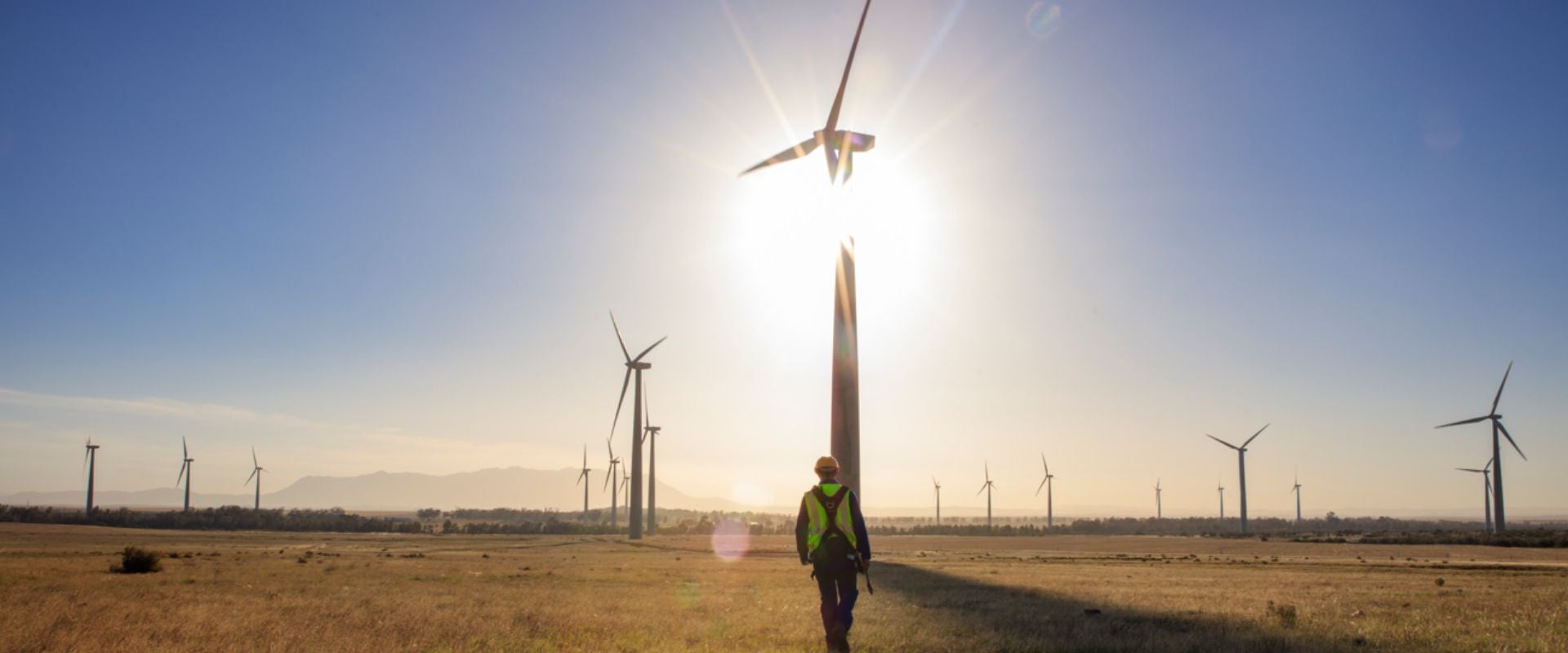
A dozen years ago, an American professional working in Hong Kong described the Australian energy sector as: “...the most boring market in the world…Every few years someone sells a power station and there’s a big deal, but it’s the same set of assets, the same set of buyers — it’s only shuffling the deck chairs.”
At the time, Australia’s National Electricity Market (NEM) had power station capacity to spare, and a market structure that had worked relatively well for decades. Now, things are different. Over 7GW of coal-fired generation capacity has closed, while over 8GW of wind generation, nearly 8GW of large-scale solar and over 1GW of batteries have entered the market. This is in addition to myriad new network assets, small solar generators, meters, electric vehicles and energy management devices.
Investing in the energy transition has the potential to provide attractive returns, underpinned by strong long-term industry tailwinds. Based on recent work in the sector, our team has been having recent discussions about investment opportunities. Here are three key themes that recurred throughout these conversations:
1. Invest where the market is short
Burgeoning demand for energy infrastructure and the need to build more renewable power highlight areas where supply is falling short of demand. The accelerating pace of transition means markets may be slow to fill these gaps. Companies with a favourable position may experience strong tailwinds for an extended period.
Types of investment that meet this profile include:
- Businesses with the skills and capabilities to navigate grid connection processes
- Businesses with secure supply chains or advantaged access to labour
- Electric vehicle charging infrastructure, where global experience shows infrastructure development lags vehicle sales. The challenge is navigating high capital costs and low utilisation during the establishment phase
- Long-duration storage, which currently is expensive at scale. There are several technology contenders, including gas-fired power. It remains unclear which will win, but the ‘size of the prize’ is material
These areas offer opportunities not only to lean into growth markets but also to support Australia’s sustainable energy future.
2. Embracing market-making opportunities
Market operations in the NEM were initially designed for a market with spare generation capacity, relatively high fuel costs and large, dispatchable power plants. As the world has changed, this design has become less well-suited to the market.
This presents opportunities for players to act as market-makers, for example:
- Businesses supporting customers — particularly large customers — to install on-premises power systems. These systems often incorporate solar, batteries and energy management systems. They can reduce customers’ power bills and provide longer-term price certainty
- Aggregators that have secured the rights to control many, small-scale devices (such as batteries, pool pumps or hot water systems) and to turn them on or off to meet market needs. Success requires integrating the right mix of technologies to control energy devices, trading capabilities, retail channels to market and a nuanced understanding of customer behaviour
- Battery providers that can capture value pools in multiple parts of the market. To be financially viable, new projects typically need to be innovative in identifying and capturing multiple value streams
3. Forging strategic partnerships
One consequence of the energy transition is that many energy users are looking for ways to reduce energy costs. However, some potential solutions are not well aligned with core business or do not target the investment profiles of the users. In these scenarios, investors may be able to unlock significant value by forging strategic partnerships with entities with different risk and return preferences. For example:
- Regulated energy networks may want to lock in solutions to manage varying loads on their grids but are unwilling (or are not permitted) to assume market trading risks.
- Large, off-grid power users may see benefits from developing off-grid power supplies but are reluctant to tie up capital in power infrastructure.
- Households may want the cost savings and environmental benefits of solar and battery systems but may not have upfront capital or may prefer leasing solutions.
Of course, capturing these opportunities in a volatile market is far from straightforward. A rigorous assessment of markets, competitive dynamics and operating teams is critical before deploying capital; still, the Australian energy sector is an increasingly dynamic market for those looking to profitably deploy capital while making a positive impact, and it is certainly no longer “boring”.
L.E.K. Consulting is a registered trademark of L.E.K. Consulting LLC. All other products and brands mentioned in this document are properties of their respective owners. © 2024 L.E.K. Consulting LLC
09062024110922

